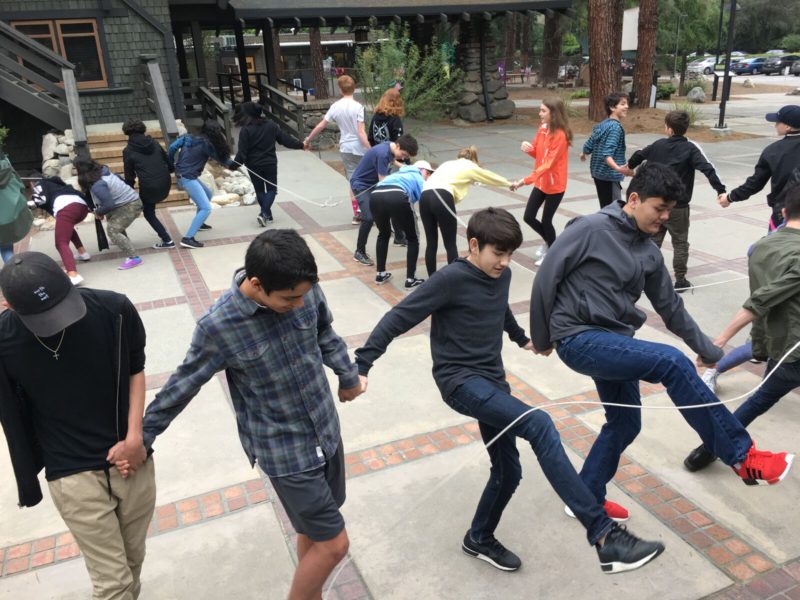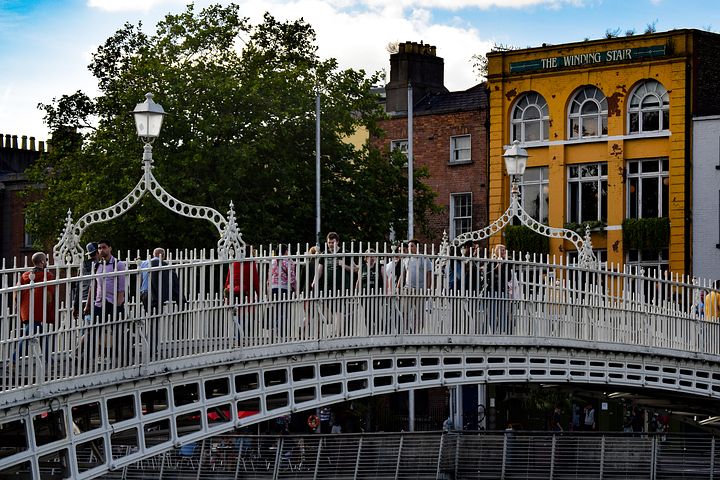
How the interstate’s design did not accommodate urban sprawl
By Galen Patterson
Interstate 710 is an essential and important fixture of not only Los Angeles, but the United States as a whole. Since its designation as a highway in 1964, the I-710 has served as direct route from the port of Long Beach to consumer destinations across the country.
It was designed to serve as a funnel of trucking enterprise, connecting the point at which goods make their way into America at the port of Long Beach, to anywhere in the country. Evidence for this can be found in the construction of the highway itself, which terminates in Alhambra, California, immediately after connecting with Interstate 10.
The I-10 is a main American traffic and trucking artery, spanning from coast to coast, ending in Santa Monica, California and Jacksonville, Florida.
As Los Angeles’ traffic problem broadened its reach, plans regarding the utilization of the highway began to surface, highlighting the fact that the highway does not extend to the mountains to the North of Los Angeles and connecting to Interstate 210.
The extension of the I-710 is projected to increase traffic flow and allow easier navigation in LA’s web of freeways. However, Caltrans has been aware of the problem since the highway’s designation and has not yet resolved the issue.
In May of 2017, The Los Angeles Metropolitan Transportation Authority endorsed a plan in which the I-710 would be extended by an underground tunnel.
On July 10, 2017, the city of Alhambra, which receives upward of 50,000 vehicles daily from the terminus of the I-710, held a special event in which supporters of the extension gathered to raise awareness of the problem the current design imposes on their community.
While some people believe the I-710 needs to be extended to improve traffic flow in Southern California, others do not.
Justin Tamayo grew up in one of the lots that would have been part of the I-710 if it had been built. While Tamayo understands the need for regional connection, he does not believe extending the I-710 will have the desired impact, whether above ground or below. “If you look at studies over time, it doesn’t matter how many freeways you build or how large those freeways are, you’re still going to have congestion,” says Tamayo.
Tamayo believes that extending the gap between the I-710 terminus and the I-210 will most likely encourage people to drive more, rendering the estimated $3.2 billion project ineffective. Instead, Tamayo think a light rail system would encourage less traffic and efficiently transport people along the route in a more ecologically-friendly manner.
While the above-ground extension plan appears to be dead, citizens along the projected I-710 corridor wait for the next development in the project.




